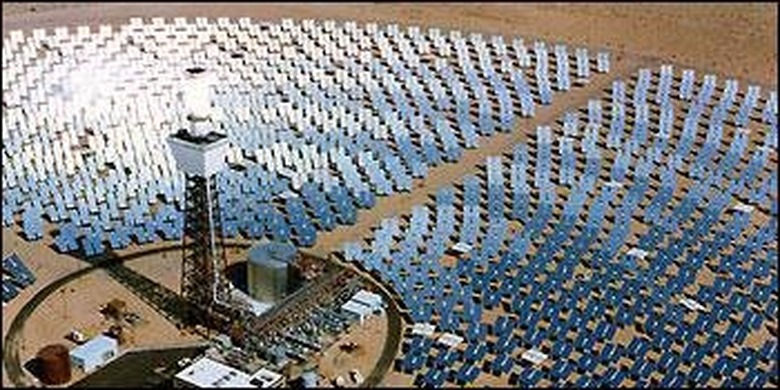What Is The Availability Of Solar Energy?
Solar energy has been harnessed by humans for thousands of years for heating purposes, and more recently for electricity generation. Solar power is an extremely vast resource, but it has some limitations on availability that can affect its deployment around the world.
Theoretical Availability
Theoretical Availability
The sun imparts a huge amount of sunlight on the Earth every day, and although about half of it is reflected by the atmosphere, the Earth absorbs about 3,850,000 exajoules of solar energy every year. More solar energy is absorbed by the Earth in one hour than the entire human population uses in one year, according to a report by Vaclav Smil, a respected geographer and professor at the University of Manitoba.
Daytime Availability
Daytime Availability
Although solar power can seem nearly limitless, the rotation of the earth provides a major limitation to continuous solar power. Locations close to the north and south poles experience extended hours of sunlight, but it is only for a portion of the year, and they experience reduced hours of sunlight at opposite times of the year. Some solar power facilities employ energy storage systems to store excess power during off-peak periods and to deliver power during peak periods or overnight.
Atmospheric Effects
Atmospheric Effects
Cloud cover can drastically affect the availability of solar power. Companies planning large solar-energy generation facilities choose locations that historically have a minimal number of cloudy days and generally have lower humidity. Locations such as the southwestern United States, desert regions of Africa and much of Australia have low humidity, low rainfall and few cloudy days throughout the year, maximizing the solar energy that can be harnessed.
Latitude
Latitude
The distance of a location from the equator has a direct relation to the amount of solar energy that can be harnessed at that location. The closer the angle of the sun to the surface of the Earth, the more solar energy reaches the surface instead of being reflected by the atmosphere. Therefore, the portion of the Earth's surface between the Tropic of Cancer and the Tropic of Capricorn absorb the largest amount of solar energy over the course of one year.
Power Transmission Infrastructure
Power Transmission Infrastructure
Large solar power installations provide the largest amount of power when they are installed in locations where solar radiation is strong and continuous. However, these locations are often unpopulated, and power transmission infrastructure may not exist in the area. Companies planning and building large solar power installations often have to include the construction of power-transmission systems in order to deliver electricity to where it is needed and used.
References
- General Energetics: Energy in the Biosphere and Civilization; Vaclav Smil; 1991
- National Resources Canada—Renewable Energy Portal
Cite This Article
MLA
Kristoff, Susan. "What Is The Availability Of Solar Energy?" sciencing.com, https://www.sciencing.com/availability-solar-energy-5518265/. 24 April 2017.
APA
Kristoff, Susan. (2017, April 24). What Is The Availability Of Solar Energy?. sciencing.com. Retrieved from https://www.sciencing.com/availability-solar-energy-5518265/
Chicago
Kristoff, Susan. What Is The Availability Of Solar Energy? last modified March 24, 2022. https://www.sciencing.com/availability-solar-energy-5518265/
